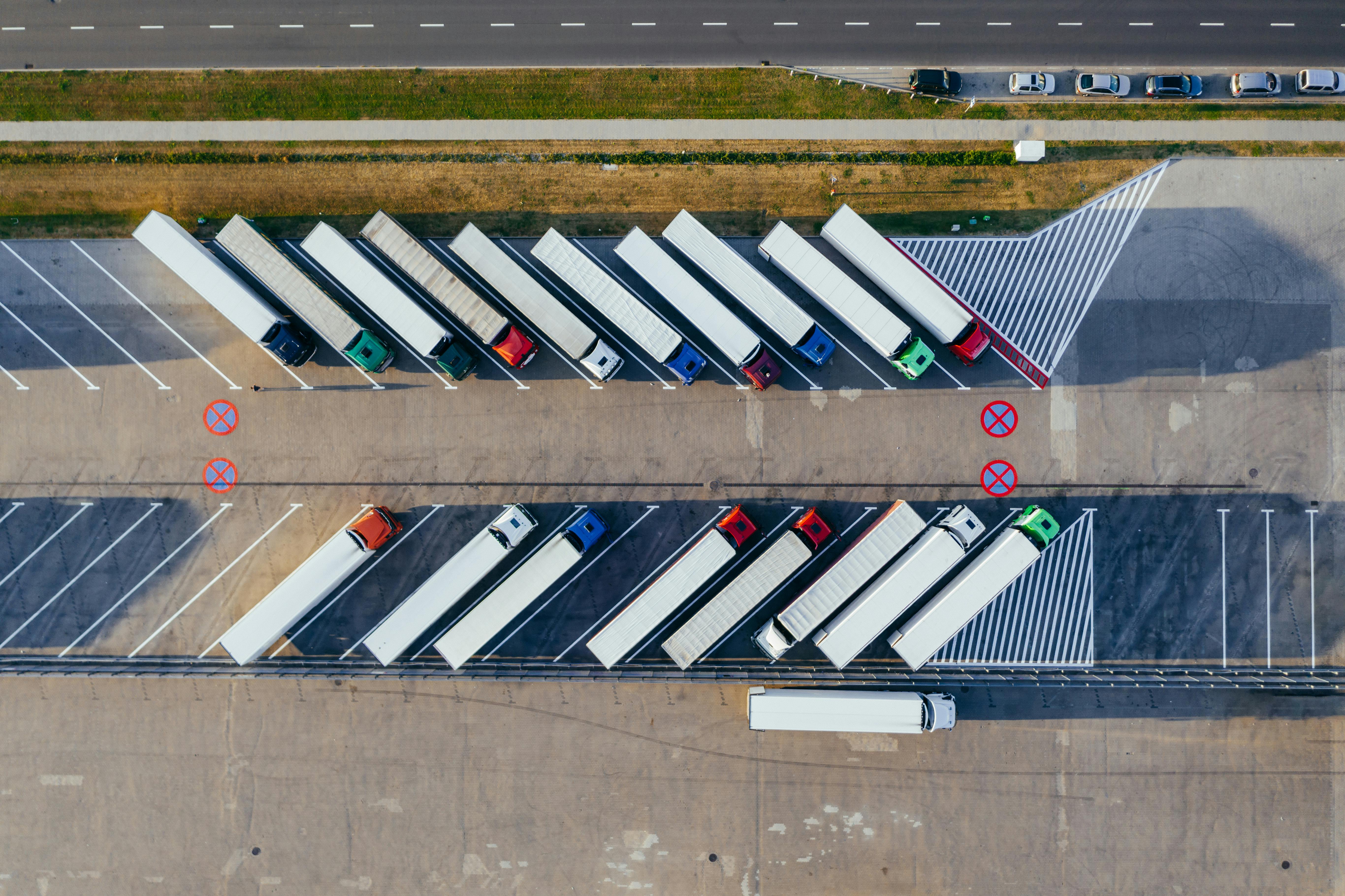With high inflation and pandemic tendencies holding on, consumer preferences and buying behaviors have shifted over the past few years. They come with consequences.
The first is that almost all consumers - 90% - have noticed price increases in recent months, and they're taking action. Many consumers are reducing their spending. 58% of consumers said they would cut back on non-food spending during the holiday season this past year. About 60% said they would buy fewer gifts for fewer people. As a result, gift spending was expected to drop by $30 billion in 2022.
Consumers are also changing their habits to save on staples like food and gas. AAA reports that 64% of adults have changed their driving habits or have made lifestyle changes. Research from Cambridge Mobile Telematics shows that Americans with gas-powered vehicles drove less as gas prices increased in early summer.
Consumers are also less loyal today. More consumers reported switching to a new brand or a different retailer in 2022 than at any point in the past few years. Price is driving their decision. 78% of Gen Z, 74% of millennials, 74% of Gen X and 73% of Boomers say price is one of the most important buying factors. McKinsey also says consumers want to try something different. Businesses need to balance innovation with pricing to win.
Consumers are making more purchases online than ever before. They're also expanding their shopping options. E-commerce was expected to account for over 20% of all retail sales by the end of 2022, double their count from 2017. But it isn't just e-commerce giants like Amazon that are benefiting from digital sales. Forrester reports that 38% of U.S. shoppers are making purchases through social media. TikTok users are twice as likely to make a purchase through the app as users on other platforms.
All of these storylines point to three trends: Consumers are more price-sensitive, more digital and less loyal today than they were just a few years ago.
No wonder telematics is more popular than ever with consumers.
Consumers can save significantly on their cost of insurance - upwards of $200 to $300 per policy term every six to 12 months - by switching to a telematics-based policy. As a result, consumers who enroll in these programs are more satisfied with what they pay for insurance. J.D. Power research shows that telematics consumers have higher price satisfaction by nearly 60 points compared with general consumers.
"The only way for insurers to stay competitive in this environment of steadily rising premiums and over-inflated vehicle valuations is to tailor policies to the individual," said Marty Ellingsworth, executive managing director, J.D. Power Insurance Intelligence.
Telematics consumers are also more loyal. Among consumers who typically shop yearly for new insurance policies, telematics consumers are 40% more likely to stay with their current carrier, J.D. Power says. Telematics consumers are also more likely to say they'll definitely renew their policy.
"[Telematics policies have] the potential to create the kind of personalized customer experience that builds long-term loyalty and advocacy," Ellingsworth said.
See also: Telematics Consumers Are Ready to Roll
Consumers have noticed, and telematics adoption is accelerating.
In its latest report on the insurance industry, TransUnion found that insurers are offering telematics to more consumers than ever, and consumers are opting into programs at record levels. From November 2021 through March 2022, the number of people offered telematics programs increased from 32% to 40%, a 25% increase. Consumers choosing telematics programs skyrocketed from 49% to 65%, a 32% increase.
Is telematics at a tipping point? Insurers think so.
"Telematics usage is increasing, and Nationwide expects the usage-based insurance trend to continue," said Nationwide's VP of Personal Lines Product Development. "In 2020, customer interest in telematics increased by 30%, and Nationwide is projecting 70% (or more) of new business will come from usage-based insurance programs by 2025."
Last year, USAA saw enrollment rates in its telematics program dramatically increase. It reported that daily driver enrollment in its SafePilot telematics program was over 200% higher than in 2020, and policy growth year-over-year was nearly 75%. Almost half of all policyholders opted into the program.
Randy Termeer, USAA's SVP of GM auto and small commercial, commented on USAA's growth: "Demand for behavior- and usage-based insurance continues to grow, and we are thrilled to be able to offer personalized pricing and solutions to more of our members."
In a Wall Street Journal report on how parents are helping their teen children drive safer, a State Farm spokesperson said the company saw a 67% increase in customers signing up for the app in the last year.
Travelers, which launched a continuous program - IntelliDrivePlus - reported that their original telematics program grew 50% in 2021. Michael Klein, executive vice president and president of personal insurance, said: "Consumers are increasingly comfortable with pricing that reflects their driving behaviors. IntelliDrivePlus builds on that momentum and offers our customers even more options to personalize their insurance."
On top of this momentum, the record-high inflation rates and increased frequency and severity have made telematics more urgent than ever. Add to these factors an uncertain economic outlook, and you have a situation that could accelerate telematics adoption even further.
Price-conscious consumers will shop more often, searching for ways to save with digital products. Telematics helps insurers capture the market's shifting needs, and, in McKinsey's words, "balance innovation with pricing to win." It helps them address consumers' new financial realities with programs that help them lower their insurance costs while increasing engagement and brand loyalty.






